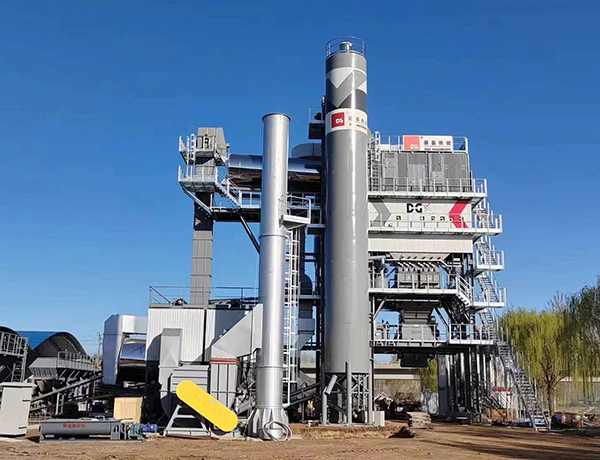This article discusses the key differences between batch type and drum type hot mixing plants, focusing on their production methods, advantages, and suitability for different project types in the construction industry.

This article discusses the key differences between batch type and drum type hot mixing plants, focusing on their production methods, advantages, and suitability for different project types in the construction industry.
Content Disclaimer
The content provided on this website is for informational purposes only. Some of the information, articles, images, and other materials available on this site may be sourced from third-party websites and public domain resources. While we make every effort to ensure the accuracy and reliability of the information, we do not take responsibility for the content provided by external sources.
This article addresses the essential components and functions of asphalt plant equipment, detailing their roles in producing high-quality asphalt mixtures for road construction. It highlights the significance of various systems like aggregates feeding, drying drums, mixing units, storage silos, and emission control devices while emphasizing technological advancements and sustainability in the asphalt production process.